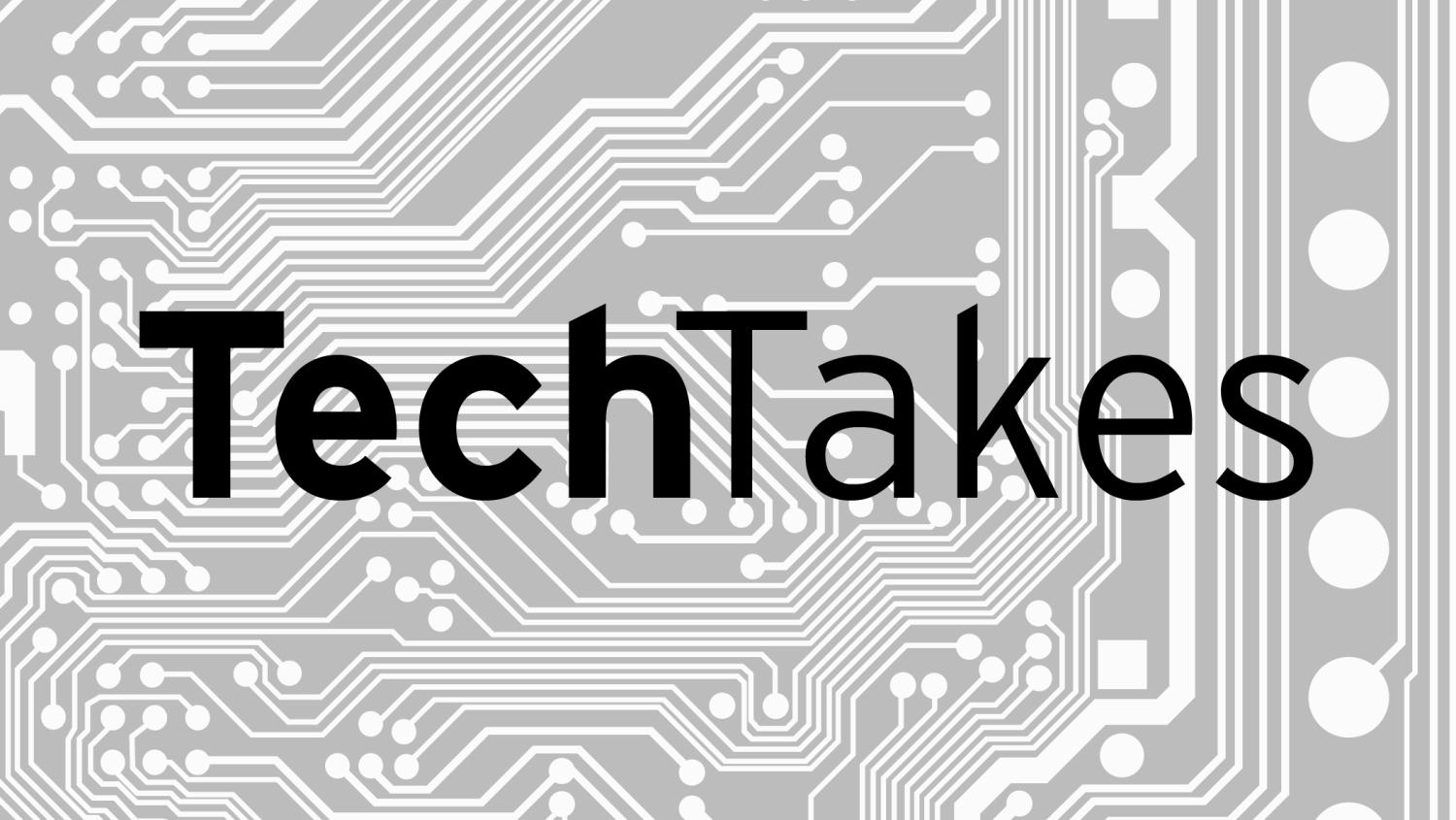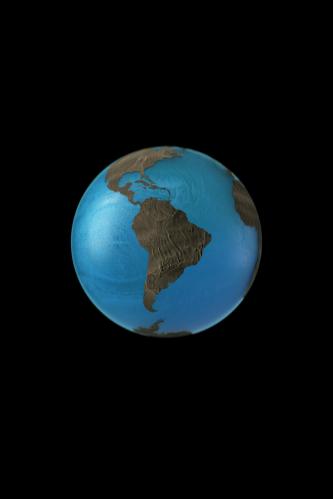Editor’s Note: TechTakes is a new series that collects the diverse perspectives of scholars around the Brookings Institution on technology policy issues. This first post in the series features contributions from Scott Andes, Susan Hennessey, Adie Tomer, Walter Valdivia, Darrell M. West, and Niam Yaraghi on the Internet of Things.
In the coming years, the number of devices around the world connected to the Internet of Things (IoT) will grow rapidly. Sensors located in buildings, vehicles, appliances, and clothing will create enormous quantities of data for consumers, corporations, and governments to analyze. Maximizing the benefits of IoT will require thoughtful policies. Given that IoT policy cuts across many disciplines and levels of government, who should coordinate the development of new IoT platforms? How will we secure billions of connected devices from cyberattacks? Who will have access to the data created by these devices? Below, Brookings scholars contribute their individual perspectives on the policy challenges and opportunities associated with the Internet of Things.
The Internet of Things will be everywhere
Darrell M. West
is vice president and director of Governance Studies and founding director of the Center for Technology Innovation.
Humans are lovable creatures, but prone to inefficiency, ineffectiveness, and distraction. They like to do other things when they are driving such as listening to music, talking on the phone, texting, or checking email. Judging from the frequency of accidents though, many individuals believe they are more effective at multi-tasking than is actually the case.
The reality of these all too human traits is encouraging a movement from communication between computers to communication between machines. Driverless cars soon will appear on the highways in large numbers, and not just as a demonstration project. Remote monitoring devices will transmit vital signs to health providers, who then can let people know if their blood pressure has spiked or heart rhythm has shifted in a dangerous direction. Sensors in appliances will let individuals know when they are running low on milk, bread, or cereal. Thermostats will adjust their energy settings to the times when people actually are in the house, thereby saving substantial amounts of money while also protecting natural resources.
With the coming rise of a 5G network, the Internet of Things will unleash high-speed devices and a fully connected society. Advanced digital devices will enable a wide range of new applications from energy and transportation to home security and healthcare. They will help humans manage the annoyances of daily lives such as traffic jams, not being able to find parking places, or keeping track of physical fitness. The widespread adoption of smart appliances, smart energy grids, resource management tools, and health sensors will improve how people connect with one another and their electronic devices. But they also will raise serious security, privacy, and policy issues.
Implications for surveillance
Susan Hennessey
is Fellow in National Security in Governance Studies at the Brookings Institution. She is the Managing Editor of
the Lawfare blog
, which is devoted to sober and serious discussion of “Hard National Security Choices.”
As the debate over encryption and diminished law enforcement access to communications enters the public arena, some posit the growing Internet of Things as a solution to “Going Dark.” A recently released Harvard Berkman Center report, “Don’t Panic,” concludes in part that losses of communication content will be offset by the growth of IoT and networked sensors. It argues IoT provides “prime mechanisms for surveillance: alternative vectors for information-gathering that could more than fill many of the gaps left behind by sources that have gone dark – so much so that they raise troubling questions about how exposed to eavesdropping the general public is poised to become.”
Director of National Intelligence James Clapper agrees that IoT has some surveillance potential. He recently testified before Congress that “[i]n the future, intelligence services might use the IoT for identification, surveillance, monitoring, location tracking, and targeting for recruitment, or to gain access to networks or user credentials.”
But intelligence gathering in the Internet age is fundamentally about finding needles in haystacks – IoT is poised to add significantly more hay than needles. Law enforcement and the intelligence community will have to develop new methods to isolate and process the magnitude of information. And Congress and the courts will have to decide how laws should govern this type of access.
For now, the unanswered question remains: How many refrigerators does it take to catch a terrorist?
IoT governance
Scott Andes
is a senior policy analyst and associate fellow at the Anne T. and Robert M. Bass Initiative on Innovation and Placemaking, a part of the Centennial Scholar Initiative at the Brookings Institution.
As with many new technology platforms, the Internet of Things is often approached as revolutionary, not evolutionary technology. The refrain is that some scientific Rubicon has been crossed and the impact of IoT will come soon regardless of public policy. Instead, the role of policymakers is to ensure this new technology is leveraged within public infrastructure and doesn’t adversely affect national security or aggravate inequality. While these goals are clearly important, they all assume technological advances of IoT are staunchly within the realm of the private sector and do not justify policy intervention. However, as with almost all new technologies that catch the public’s eye—robotics, clean energy, autonomous cars, etc.—hyperbolic news reporting overstates the market readiness of these technologies, further lowering the perceived need of policy support.
The problem with this perspective is twofold. First, greater scientific breakthroughs are still needed. The current rate of improvement in processing power and data storage, miniaturization of devices, and more energy efficient sensors only begin to scratch the surface of IoT’s full potential. Advances within next-generation computational power, autonomous devices, and interoperable systems still require scientific breakthroughs and are nowhere near deployment. Second, even if the necessary technological advancements of IoT have been met, it’s not clear the U.S. economy will be the prime recipient of its economic value. Nations that lead in advanced manufacturing, like Germany, may already be better poised to export IoT-enabled products. Policymakers in the United States should view technological advancements in IoT as a global economic race that can be won through sound science policies. These should include: accelerating basic engineering research; helping that research reach the market; supporting entrepreneurs’ access to capital; and training a science and engineering-ready workforce that can scale up new technologies.
IoT will democratize innovation
Walter D. Valdivia
is a fellow in the
Center for Technology Innovation at Brookings.
The Internet of Things could be a wonderful thing, but not in the way we imagine it.
Today, the debate is dominated by cheerleaders or worrywarts. But their perspectives are merely two sides of the same coin: technical questions about reliability of communications and operations, and questions about system security. Our public imagination about the future is being narrowly circumscribed by these questions. However, as the Internet of Things starts to become a thing—or multiples things, or a networked plurality—it is likely to intrude so intensely into our daily lives that alternative imaginations will emerge and will demand a hearing.
A compelling vision of the future is necessary to organize and coordinate the various market and political agents who will integrate IoT into society. Technological success is usually measured in terms set by the purveyor of that vision. Traditionally, this is a small group with a financial stake in technological development: the innovating industry. However, the intrusiveness and pervasiveness of the Internet of Things will prompt ordinary citizens to augment that vision. Citizen participation will deny any group a monopoly on that vision of the future. Such a development would be a true step in the direction of democratizing innovation. It could make IoT a wonderful thing indeed.
Applications of IoT for infrastructure
Adie Tomer
is a fellow at the Brookings Institution Metropolitan Policy Program and a member of the Metropolitan Infrastructure Initiative.
The Internet of Things and the built environment are a natural fit. The built environment is essentially just a collection of physical objects—from sidewalks and streets to buildings and water pipes—that all need to be managed in some capacity. Today, we measure our shared use of those objects through antiquated analog or digital systems. Think of the electricity meter on a building, or a person manually counting pedestrians on a busy city street. Digital, Internet-connected sensors promise to modernize measurement, relaying a whole suit of indicators to centralized databases tweaked to make sense of such big data.
But let’s not fool ourselves. Simply outfitting cities and metro areas with more sensors won’t solve any of our pressing urban issues. Without governance frameworks to apply the data towards goals around transportation congestion, more efficient energy use, or reduced water waste, these sensors could be just another public investment that doesn’t lead to public benefit.
The real goal for IoT in the urban space, then, is to ensure our built environment supports broader economic, social, and environmental objectives. And that’s not a technology issue—that’s a question around leadership and agenda-setting.
Applications of IoT for health care
Niam Yaraghi
is a fellow in the Brookings Institution’s Center for Technology Innovation.
Health care is one of the most exciting application areas for IoT. Imagine that your Fitbit could determine if you fall, are seriously hurt, and need to be rushed to hospital. It automatically pings the closest ambulance and sends a brief summary of your medical status to the EMT personnel so that they can prepare for your emergency services even before they reach the scene. On the way, the ambulance will not need to use sirens to make way since the other autonomous vehicles have already received a notification about approaching ambulance and clear the way while the red lights automatically turn green.
IoT will definitely improve the efficiency of health care services by reducing medical redundancies and errors. This dream will come true sooner than you think. However, if we do not appropriately address the privacy and security issues of healthcare data, then IoT can be our next nightmare. What if terrorist organizations (who are becoming increasingly technology savvy) find a way to hack into Fitbit and send wrong information to an EMT? Who owns our medical data? Can we prevent Fitbit from selling our health data to third parties? Given these concerns, I believe we should design a policy framework that encourages accountability and responsibility with regards to health data. The framework should precisely define who owns data; who can collect, store, mine and use it; and what penalties will be enforced if entities acted outside of this framework.
The Brookings Institution is committed to quality, independence, and impact.
We are supported by a diverse array of funders. In line with our values and policies, each Brookings publication represents the sole views of its author(s).





Commentary
Alternative perspectives on the Internet of Things
March 25, 2016